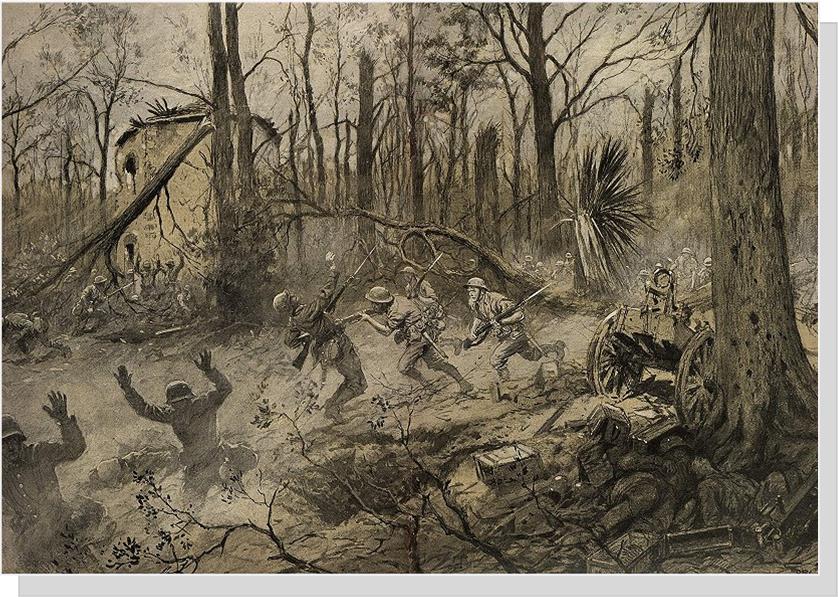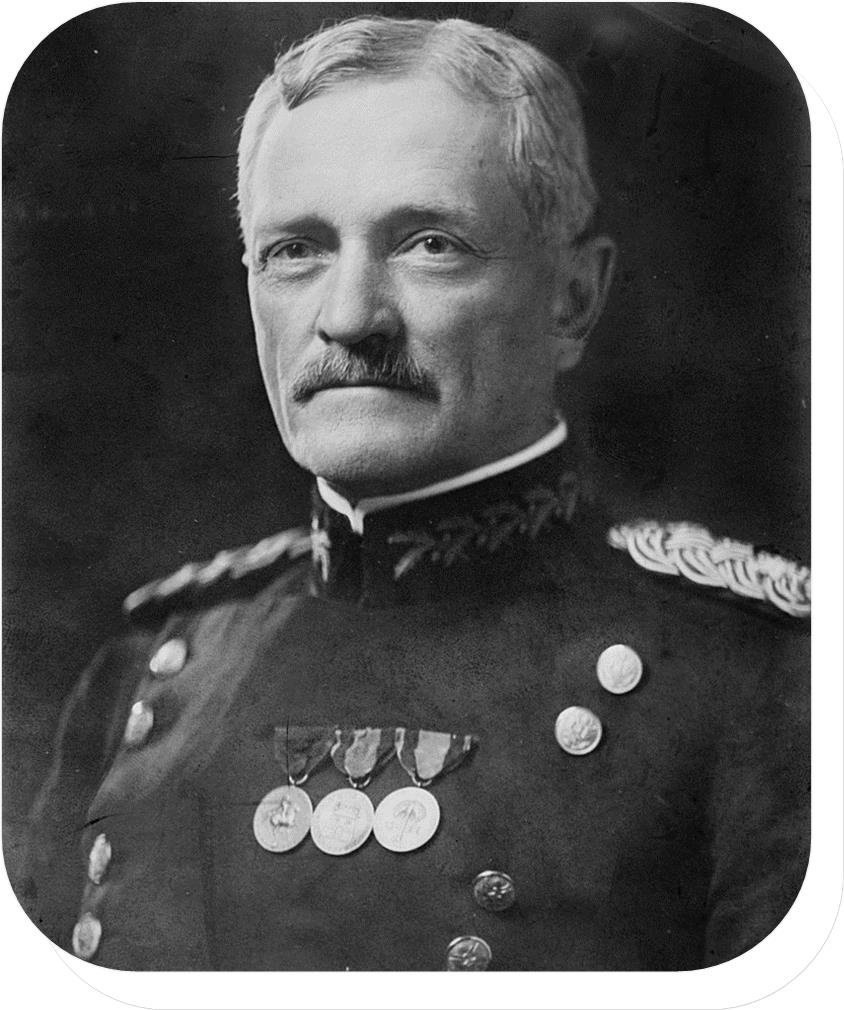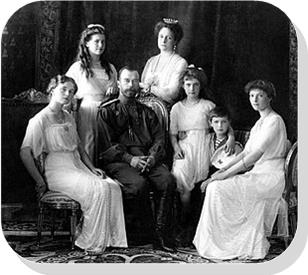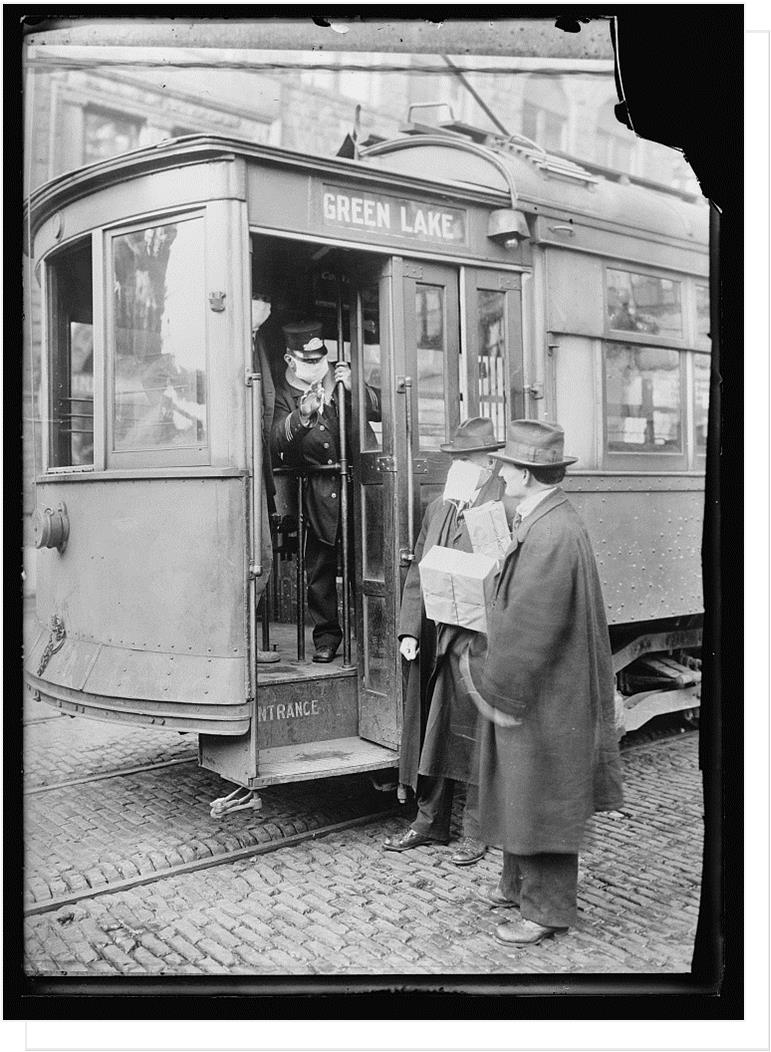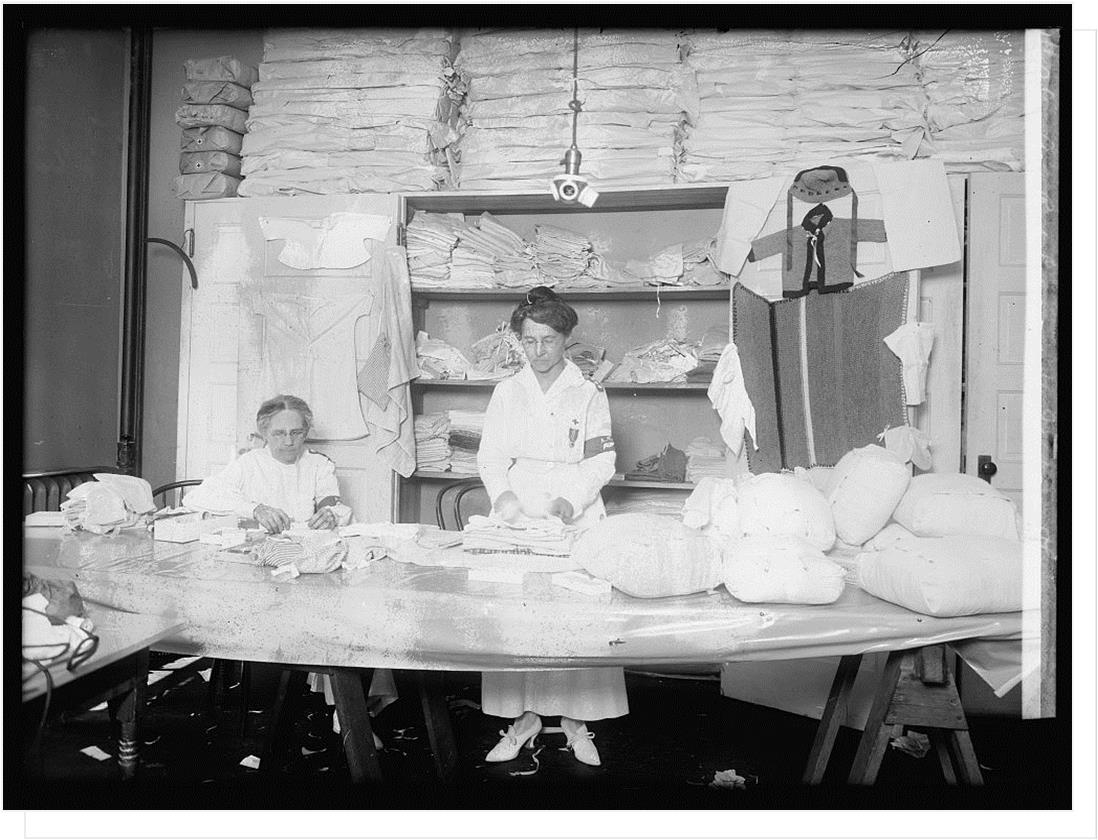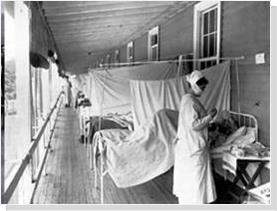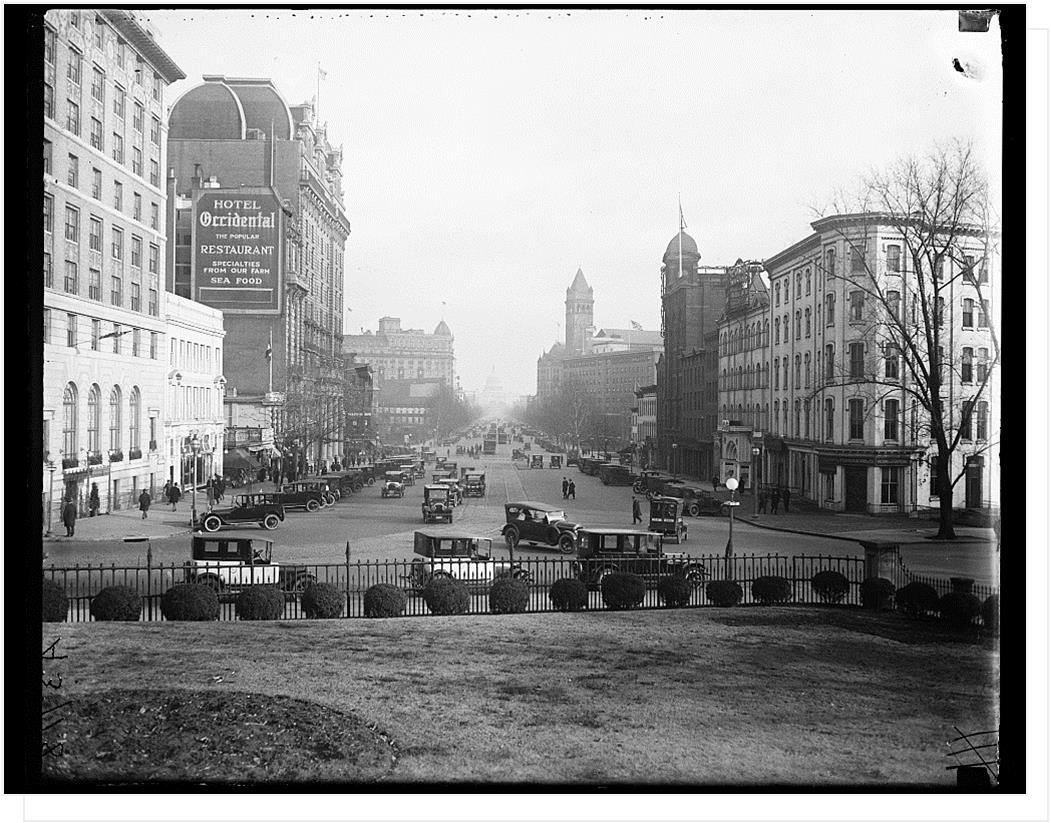
What a Difference a Century Makes: 1918
By: M. Callahan
1918 US Population: 104,550,000
President: Woodrow Wilson
Vice President: Thomas R. Marshall
Sect. of State: Robert Lansing
Virginia Governor: Henry Carter Stuart
Chief Justice Supreme Court: Edward Douglass White
Speaker of the House: Champ Clark (D-Missouri)
VA Senators: Charles A. Swanson & Thomas Martin
BORN
Leonard Bernstein, Ted Williams, Betty Ford, Richard Winters USA, Howard Cosell , Bobby Riggs, Sam Walton, Pearl Bailey, George Fortunato, Nelson Mandela, Ray Charles, Spiro Agnew.
DIED
Joyce Kilmer, John L. Sullivan, César Ritz, Quentin Roosevelt
AMERICAN FORCES IN FRANCE
The American Expeditionary Force arrived in France in June 1917 joining Allied Forces in many major battles. Many allies (then and now) criticized America for waiting so long to show-up. Americans (then and now) believed this war was a tragic and unnecessary carnage that could have been averted if diplomatic judgement had been employed and the enormous clash of political egos were held in check. The war saw massive shifts in geographic borders, creation of new nations and new political systems. It also ended three empires—Austro-Hungarian, Ottoman, and Russian and removed the Kaiser from power in Germany. Unfortunately, the peace treaty signed a few years later was so harsh in demands, especially unreachable monetary demands made on Germany, that the Second World War was inevitable.
America entering the war brought 2,000,000 troops, an abundance of supplies, food, and advanced weaponry such as the Browning machine gun, flamethrowers, better tanks and aircraft, submarines & torpedoes. Field artillery delivered larger shells over longer distances. In spite of these technical leaps, the Allied General Staff of European Nations, tucked-up in the comfort of their chateaux accommodations and far from the front, directed battle using archaic tactics which created millions of unnecessary deaths.
American troops were in combat theatres from June 1917 to November 1918. These new troops gave the allies the much needed fresh soldiers and supplies required and a command strategy that brought battles to a quicker resolve.
MAJOR EVENTS: Between 1914 and 1918, some 3 million people were added to the military and half a million to the government.
- Second Battle of the Marne, Battle of Belleau Woods, Battle of Amiens , Second Battle of the Somme, Battle of Dobro Pole as part of the Balkans Campaign, Battle of the Argonne Forest, Battle of Saint-Mihiel, Battle of Château-Thierry
- The United States Post Office Department (later renamed the United States Postal Service) begins the first regular airmail service in the world (between New York City, Philadelphia and Washington, DC).
- The small town of Codell, Kansas is hit for the third year in a row by a tornado. Coincidentally, all three tornadoes hit on May 20, 1916, 1917, and 1918 respectively. The U.S. Congress establishes time zones and approves daylight saving time
- The SS Princess Sophia sinks on Vanderbilt Reef near Juneau, Alaska; 353 people die in the greatest maritime disaster in the Pacific Northwest.
- The total solar eclipse of June 8, 1918 crossed the United States from Washington State to Florida—another would not occur for 99 years.
- The Finnish Declaration of Independence is recognized by Russia, Sweden, Germany and France.
- Moscow becomes the capital of Soviet Russia
- Ripley's Believe It or Not! first appears as a cartoon under the title Champs and Chumps in The New York Globe.
- Dr. Marie Stopes publishes her influential book Married Love in the U.K.
- Grand Duke Michael of Russia is murdered, thereby becoming the first of the Romanovs to be murdered by the Bolsheviks. Five weeks later the entire Royal Romanov Family are shot to death.
- In the Forest of Argonne in France, U.S
- Corporal Alvin C. York almost single-handedly kills 25 German soldiers and captures 132.
- Manfred von Richthofen, "The Red Baron", the war's most successful fighter pilot, dies in combat at Morlan Court Ridge near the Somme River.
- World-wide influenza pandemic continues. By 1920, almost 20 million are dead; 500,000 die in US.
- Poland declares independence from the German Empire and Czechoslovakia declares its independence from Austria-Hungary.
- November 11 – World War I ends.
- Pres. Woodrow Wilson sails for the Paris Peace Conference in Dec.’18, becoming the first U.S. president to travel to Europe while in office.
Between 1914 and 1918, some 3 million people were added to the military and half a million to the government.
COST OF COMMON CONSUMER GOODS: cost of food shot up 25% between Jan. 2017 and Jan. 2018 along with other consumer goods influenced by shortages and the newly added war time tax. America was feeding a huge army overseas as well as sending food to allies. The simple principle of supply and demand was evident.
Federal Spending: $1.23 billion
Consumer Price Index: 18.0%
Cost of first class stamp: $0.03
Unemployment: New low 1.4%
Ave. Family Income: $1,518
Loaf of bread: $0.10
Pound of Butter: $0.50
One dozen eggs: $0.57
Quart of milk: $0.28
Pound of Sugar: $0.15
Pound of Bacon: $0.53
Round Steak: $0.37 per pound
Pork Chops: $0.39 per pound
Pound of Coffee: $0.30
Pound of Tea: $0.64
Movie Ticket: $0.22
Newspapers: $0.02
1 Oz Gold: $20.67
Girl’s bicycle: $10
Ave Cost of a Home: 4,821.00
Typical Wages
Bricklayers, 1.25/hour
Laborers, 5.50/8 hour day
Laundress, 3.00/day
Men’s suits pressed, .50/each
Telephone operator, 14.00/week
Tutoring, 2.00/hour
Cost of Average Automobile
Chandler, touring, 1,895.00
Cleveland Six, touring, 1,435.00
Overland, touring, 1,035.00
Typical Wages
Bricklayers, 1.25/hour
Laborers, 5.50/8 hour day
Laundress, 3.00/day
Men’s suits pressed, .50/each
Telephone operator, 14.00/week
Tutoring, 2.00/hour
SPORTS
(Due to Flu Epidemic, many competitions cancelled or only a few teams participated.)
World Series: Boston Red Sox defeat the Chicago Cubs 4-2
Stanley Cup: Toronto Arenas
Kentucky Derby Champion: Exterminator
NCAA Football Champions: Michigan and Pittsburgh
NOBEL PRIZES: 1918
Physics – Max Karl Ernst Ludwig Planck
Chemistry – Fritz Haber
Medicine, Literature & Peace – not awarded
FAVORITE MOVIE
Charlie Chaplin in "A Dog's Life."
NATIONAL MILITARY CASUALTIES
Russia: 9,150,000
Germany: 7,143,000
Austria-Hungary: 7,000,000
France, 6,161,000
Britain & Commonwealth: 3,190,000
Italy: 2,197,000
Turkey (Ottoman Empire): 975,000
Romania: 536,000
Serbia: 331,000
USA: 323,000
Bulgaria: 267,000
Wounded /Crippled
20, 000,000
Displaced Refugees
10,000,000
Orphaned
9,000,000
Civilian Casualties
Incalculable, but thought to be in excess of 9,000,000
ON THE HOMEFRONT: THE SPANISH FLU PANDEMIC
To maintain morale, wartime censors minimized early reports of illness and mortality in Germany, the United Kingdom, France, and the United States. However, papers were free to report the epidemic's effects in neutral Spain giving the impression that Spain was the epicenter of the flu.
The 1918 flu pandemic (January 1918 – December 1920) was an unusually deadly influenza, the first of the two pandemics involving H1N1 influenza virus. It infected 100 million people around the world, including remote Pacific islands and the Arctic, and resulted in the deaths of 50 (three to five percent of the world's population), making it one of the deadliest natural disasters in human history. A considerable spike occurred at the time of the pandemic, specifically the year 1918. Life expectancy in the United States alone dropped by about 12 years. Even small remote towns who quarantined themselves from the outside public found the virus invading, often from the postman. Patient zero was most likely a soldier (s) from Fort Riley, Kansas. Soldiers from this Fort were among the thousands crowded onto troop ships, infecting others and still more in France from worldwide armies.
Most influenza outbreaks disproportionately kill juvenile, elderly, or already weakened patients; in contrast, the 1918 pandemic predominantly killed previously healthy young adults. Current research shows that this influenza was not particularly more dangerous than those of the past but due to overcrowded medical camps, hospitals, war rallies, troop ships, poor hygiene, and malnutrition, it promoted bacterial super-infection that killed most of the victims.
The second wave of the 1918 pandemic was much deadlier than the first especially in the month of October. The first wave had resembled typical flu epidemics; those most at risk were the sick and elderly, while younger, healthier people recovered easily. But in August, when the second wave began in France, Sierra Leone and the United States, the virus had mutated to a much deadlier form. Civilians and public servants alike began to wear masks whenever outdoors or at public gatherings. Unfortunately, the flu is caused by a virus (yet invisible to the human eye as this way prior to the development of the electron microscope) but the masked did absolutely nothing to prevent contracting the flu.
The death toll of this second wave was at an infection rate of up to 50%. It killed up to 20% of those infected as opposed to the usual flu mortality rate of 0.1%.
Patients presented with such unusual symptoms that typhoid, cholera, and dengue fever were often misdiagnosed. Hemorrhages from the mucous membranes, and bleeding ears were common with deaths occurring most often from bacterial pneumonia but, the virus also killed people directly, by causing massive hemorrhages and edema in the lung. Many death certificates identify pneumonia as the cause of death but not the underling cause being influenza. Consequently, it may never be possible to pinpoint the true death rate from this epidemic. (2)
Flu wards were established at both civilian and military hospitals throughout the Washington area. Many War Bond Rallies had been held along Pennsylvania Avenue and in nearby towns such as Alexandria and Maryland. Due to the rapid transmission of this flu, they were cancelled along with other public gatherings such as parades, sporting & entertainment events, and mandatory closing of churches and schools.
“The greatest medical holocaust in history" and may have killed more people than the Black Death.It is said that this flu killed more people in 24 weeks than AIDS killed in 24 years, and more in a year than the Black Death killed in a century.” (3)
In the US, the highest mortality month from this pandemic was October 1918. Starting in November, deaths dropped dramatically and tapered off thereafter. It was thought that the most vulnerable of the population had either died or contracted the flu, recovered, and were thus immune to reinfection by this strain.
Estimates of Deaths:
50+ million worldwide
25 million died in the first 24 weeks alone.
(2) Wikipedia, American Red Cross
(3) Pankhurst, Richard (1991). An Introduction to the Medical History of Ethiopia. Trenton: Red Sea Press.
Photographs from Library of Congress, Imperial War Museum, Library of Virginia, US Army Official Photos, Wikipedia, & Private Photographic Archives.
Reproduction of this story and photographs, in part or in whole, requires the written permission of the author. Copyright © 2011 Annandale Chamber of Commerce. All rights reserved.
(Photographs, on this page, and on this website, are the sole property of the Annandale Chamber of Commerce, and are not available for use by other publications, blogs, individuals, web or social media sites.)
Copyright 2012 Annandale Chamber of Commerce. All rights reserved. Privacy Policy

